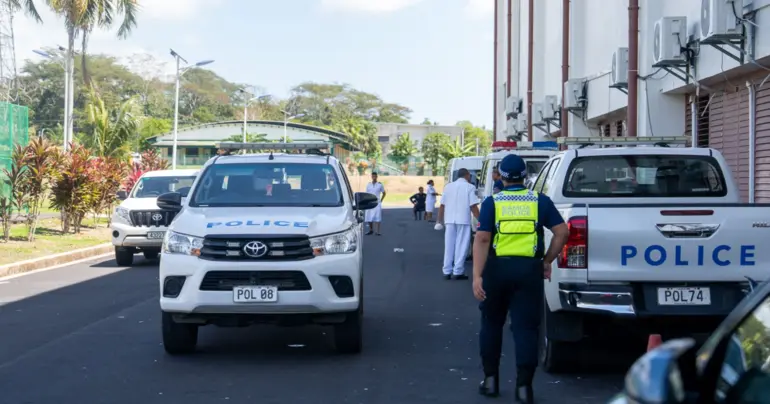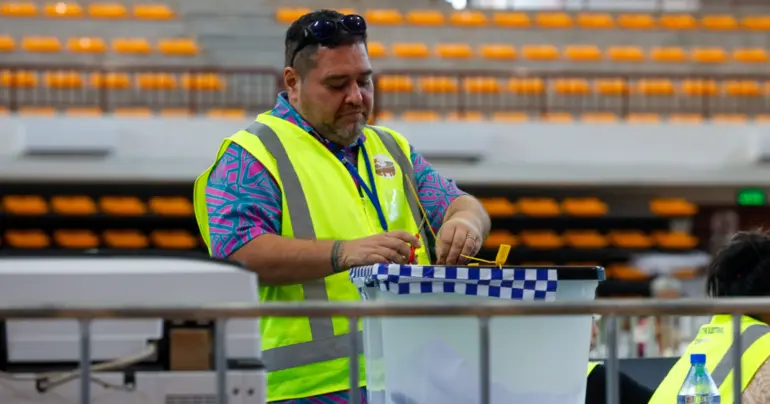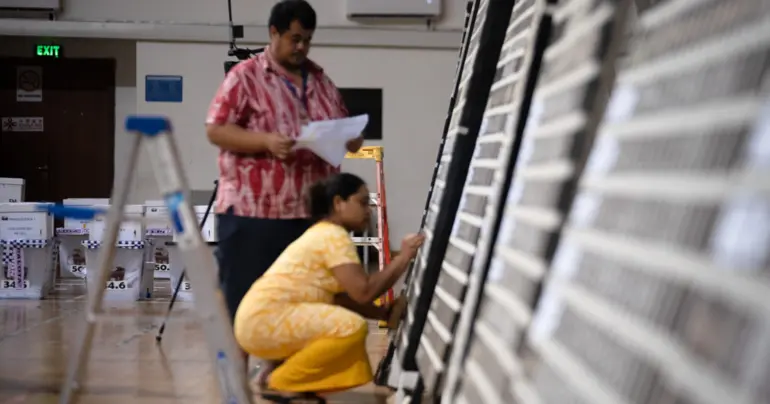Church conference season and the questions that matter
There is never a dull moment in Samoa and as of now, Malua is the buzzword. It signals the start of church conference season and the cycles and processes that are linked to these annual gatherings.
We’ve seen a steady flow of traffic to and from the Congregational Christian Church’s headquarters at Malua throughout the past week, and it’s hard not to get caught up in the hype this week as the country’s biggest church denomination hosts its annual general conference, starting today.
Culture and church are this country’s biggest pillars, and the Congregational Christian Church of Samoa (CCCS) has been an integral part of the latter.
With an estimated number of more than 55,000 members in Samoa alone, according to the last census in 2021, and thousands more the world over, the CCCS continues to be a mainstay of Samoan society and psyche.
Since its arrival in Samoa in 1830 from the London Missionary Society, the church has continued to grow from strength to strength if the numbers are anything to go by.
This is largely due to the decisions made during its main conference, held annually at Malua. It’s the biggest event in the church’s calendar year with hundreds coming from overseas and across Samoa to discuss church issues and developments.
This is a significant year for the church’s conference, marking 150 years since it was first hosted. That’s a lot of years, and congratulations are in order!
We also know that this is an expensive financial exercise on church members and congregations. Many changes have been introduced over the years to lessen the burden on church goers during the conference. How that has fared remains to be seen.
It is during this conference that the church makes various significant donations including to the Samoa Kidney Foundation, and other organisations in Samoa. And that contribution must be acknowledged and appreciated.
As hundreds of faithfuls descend on Malua this week, injecting much-needed revenue into the local economy from car rentals to fish sales and many other areas, this is a reflection of what makes Samoan society what it is, and what keeps it going.
Samoans everywhere find their sense of belonging not just in family and villages, but also in church. It keeps the society, and economy, humming along.
But at a time when Samoa is experiencing a myriad of unprecedented challenges, from the political arena, to health, to social issues such as the rise in methamphetamine use and burglaries, questions must be asked of the role of the church in responding to all of this.
Not just the Congregational Christian Church of Samoa, and the Assemblies of God, which is also hosting its annual conference this month, but the whole church as an institution.
Where does the church come in? What role is it playing in preventing and dealing with the socio-economic ills plaguing the country at the moment? How is it helping its members in getting by daily, financially?
If the church, and Christianity at that, makes up more than 90 percent of the Samoan population, wouldn’t it stand to reason that the church should have more influence in the lives and dealings of its members?
Is the current state of the country reflective of the spiritual and moral fibre of the church? If not, then what does that say about the relevance of these annual meetings and their actual impact on the people they are supposed to serve?
You can argue that the same can be said of any gatherings.
How are they providing a better life and a more hopeful future for the people?
That’s a question worth pondering as we embark on the conference season for 2025, may it be church-related or not.
We must never lose sight of who these meetings are really for.










